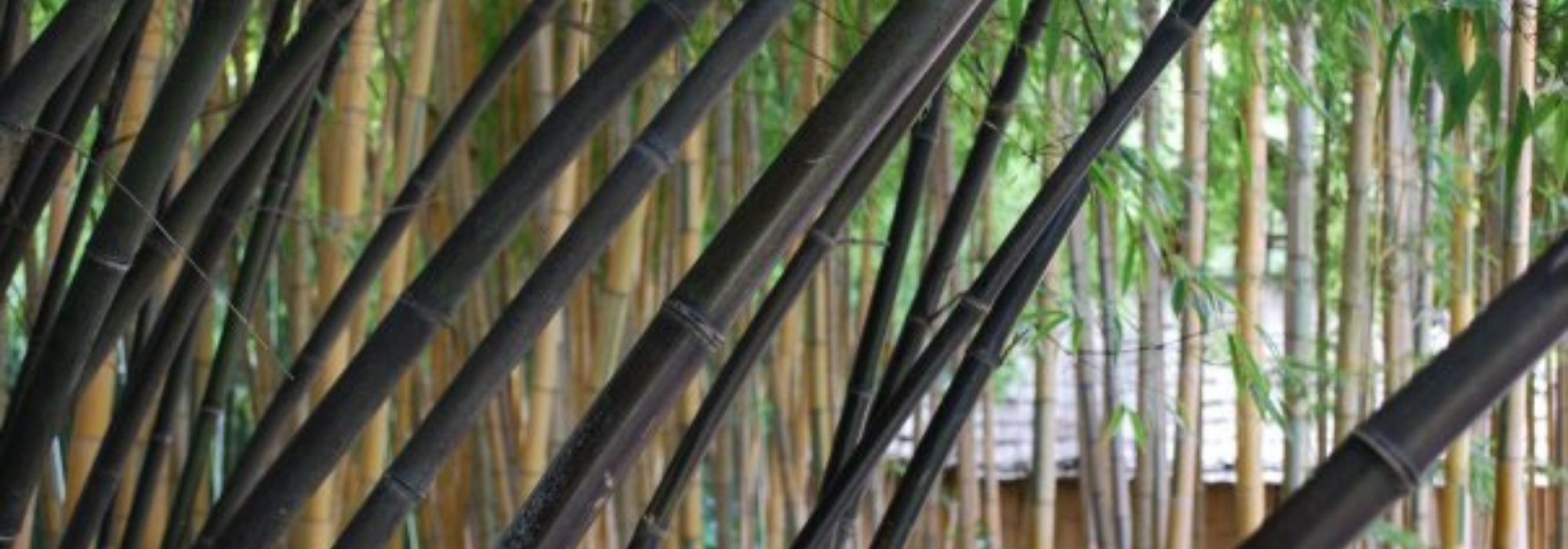
10 graphic plants, perfect for modern gardens
Selection of varieties ideal for contemporary gardens!
Contents
Modern gardens are increasingly popular. Among the different rules to follow to succeed in designing these contemporary gardens, the one concerning choice of plants represents a significant part. Because whether you choose a zen-inspired, exotic, minimalist or pared-back garden, the design of your layout influences the plants you install. In this article, I offer a selection of 10 bushes suited to landscaping a space of this type. Evergreen or changing with the seasons, colourful, architectural, of varied sizes and shapes, or even flowering and scented, they all share a capacity to provide a strong graphic presence all year round. And the icing on the cake, many of them lend themselves very well to growing in pots: perfect for giving a contemporary look to your terrace or balcony.

An original display for Fatsia japonica: perfect when paired with raw stone for an exotic, highly modern feel (photo: Juuyo Tanaka)
Discover also our advice sheet: 10 graphic plants for a modern garden.
Black bamboo (Phyllostachys 'Nigra' and Fargesia 'Black Dragon')
Bamboos are among favourite plants used by landscapers in graphic compositions and contemporary gardens. Among great diversity of this family, Phyllostachys ‘Nigra’ is a medium-sized bamboo (6 m to 8 m), with a bushy, erect habit, whose main appeal lies in the contrast between its leaves and its canes. The latter emerge green and quickly take on a deep black against which its evergreen, bright green leaves stand out. This very elegant bamboo is suckering, and although of rather slow growth, it can spread. To contain it, install a rootstock barrier or grow in a container. Otherwise, Fargesia ‘Black Dragon’, with finer canes also tinged black, is non-running. This smaller bamboo (2 to 3 m) grows quickly, but does not have conquering character of its cousin. Both appreciate light shade or non-scorching sun, and soil that remains cool. They can form hedges with a modern look and are well suited to pruning.
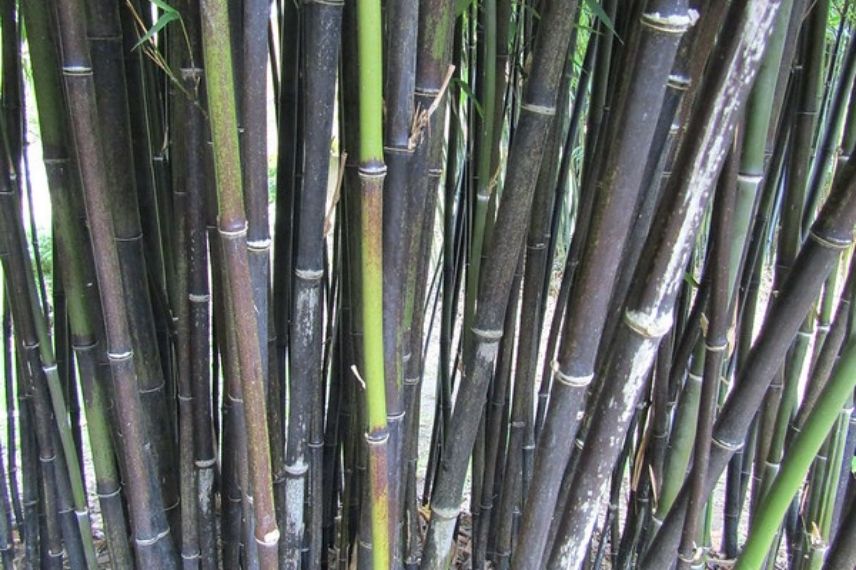
Phyllostachys nigra (photo: L. Enking)
→ Discover all our varieties of Bamboos, from giants to dwarf forms.
→ Find out all about planting, pruning and maintenance of Bamboos in our comprehensive guide.
Dasylirion (Dasylirion wheeleri)
Dasylirions are valued for their distinctive, very contemporary silhouette, and their often very good hardiness. One of the hardiest, capable of withstanding down to -20°C, is Dasylirion wheeleri. From a young age it displays a bold graphic form, thanks to its very numerous leaves, thick and slightly thorny, bluish-green in colour, forming a shaggy but regular clump, about 1m across, appearing to sit on the ground. Its spectacular appearance becomes even more pronounced after a few years, when in summer a long flowering stem, covered in small yellow flowers, emerges from the centre of the bush and reaches 2 or 3 m. Gradually, Dasylirion develops a trunk of 1m to 1.5m. Easy to grow, attractive all year round, it will grow in open ground or in a pot, provided it benefits from good sun exposure and effective drainage. However, it is a plant that dislikes being moved once established.
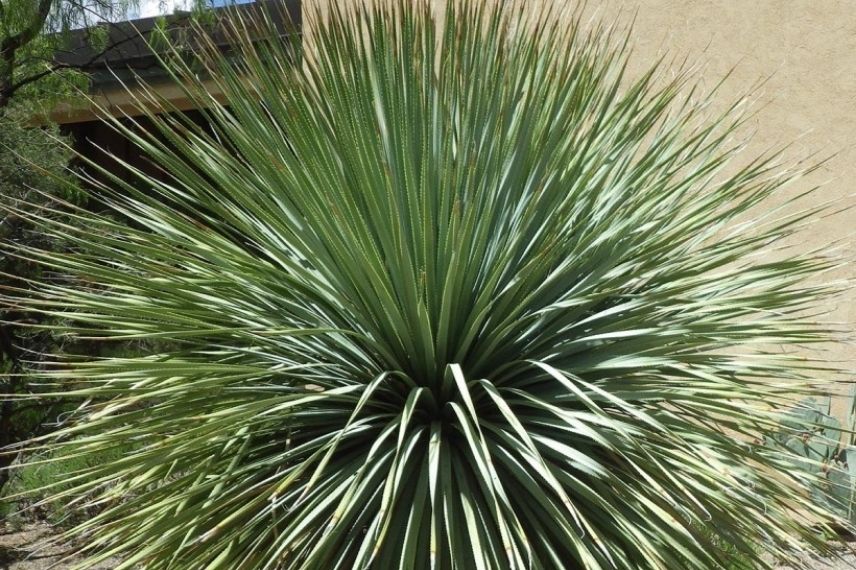
Dasylirion wheeleri, striking for its very fine radiating foliage: ideal on a contemporary terrace or in a dry garden
→ Browse our online nursery to discover our different varieties of Dasylirions.
→ All our tips to plant, to grow and to care for Dasylirions in our article.
Discover other Contemporary garden
View all →Available in 1 sizes
Available in 1 sizes
Available in 2 sizes
Available in 1 sizes
Available in 1 sizes
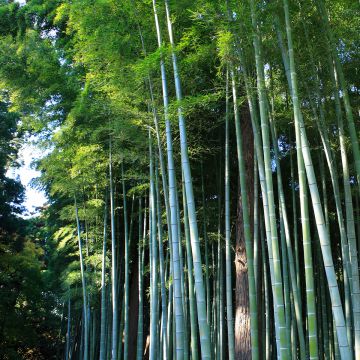
Available in 1 sizes
Available in 2 sizes
Available in 1 sizes
Available in 1 sizes
Available in 1 sizes
Variegated Japanese aralia (Fatsia japonica 'Sipder's Web')
Variegated False aralia (Fatsia japonia ‘Spider’s Web’) is an attractive plant in many ways. This bush develops a false trunk, from which very large glossy leaves, borne on long petioles, emerge. Palmate, they display a green broadly splashed with a very bright cream-white. Evergreen, they are decorative all year round, able to withstand temperatures around -15°C. Late in summer, Fatsia displays globular cream-white flowers as well, reminiscent of ivy. These are followed by black fruits, which enhance the ornamental potential of this plant with an architectural habit. With fairly slow growth, the bush eventually reaches 2m in every direction if grown in humus-bearing, cool soil, not too calcareous. Plant in shade or partial shade, or in a pot in a cool patio, to enjoy its structured silhouette.
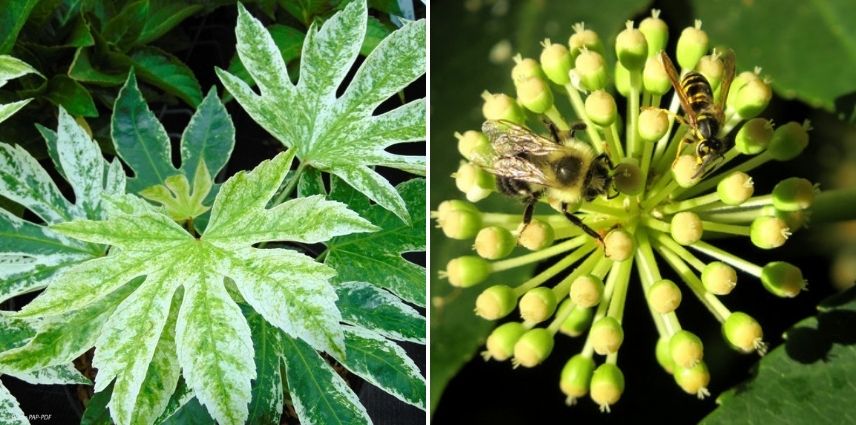
Fatsia Spider Web, superb variegated variety: creamy foliage and melliferous umbel flower
→ Discover our different Fatsia varieties in our online nursery.
Read also
How to design a modern, graphic garden?Arborescent ferns (Dicksonia antartica, Dicksona fibrosa)
In the vast world of ferns, there are varieties of tree ferns, forming true bushes. Although their hardiness is quite average, Dicksonia antartica is for its part capable of withstanding -7°C to -10°C, or even lower if given winter protection. This large fern develops a fibrous, brown trunk, called a stipe, which reaches up to 5 or 6 m at our latitudes. From the top emerge large glossy green leaves, shiny and cut like lace. 2 to 3 m long, these evergreen fronds form a wide parasol, and the whole gives the plant a look both lush and refined. With very slow growth, this fern is nonetheless very long-lived and can be used either in contemporary planting in the ground or in a pot on a terrace. Dicksonia fibrosa has similar qualities, but more modest dimensions (3 m x 2 m) and darker foliage.

Dicksonia antartica and its lush foliage (photos: Amanda Slater)
→ Discover our different species and varieties of tree ferns.
→ All our advice on planting, growing and caring for tree ferns in our dedicated article.
Dogwoods (Cornus)
The world of dogwoods is full of plants, each more beautiful than the last. Among the most architectural bushes of the genus, one can mention Cornus alternifolia, with a naturally tabular habit and horizontal, regularly tiered branches, clad with glossy leaves of a fairly dark green. With rather slow growth, the bush eventually reaches 5 m in all directions. The subtle white flowering is, however, fragrant and melliferous, and is followed by dark blue berries that contrast nicely with the bark of the twigs, which ranges from green to purplish. Cornus ‘Golden Shadows’, smaller (3 m x 2 m), offers foliage that shifts from purple-red to green and white in summer, before burning into violet-purple in autumn. Cornus ‘Argentea’, of similar size, bears grey-green foliage variegated with white, which turns red at season’s end. All these varieties are deciduous, but even in the heart of winter their silhouette remains striking. You can even accentuate the resulting graphic effect by pairing them with dogwoods with decorative wood, whose coloured twigs create an unforgettable contrast! Very hardy (-30°C), the dogwoods mentioned prefer cool, humus-bearing, neutral to acidic soils and a position not exposed to scorching sun. Finally, hard to omit mention of Cornus controversa and especially its cultivar ‘Variegata’ (7 m x 6 m), a true work of art with incomparable graphic appeal, in all seasons!
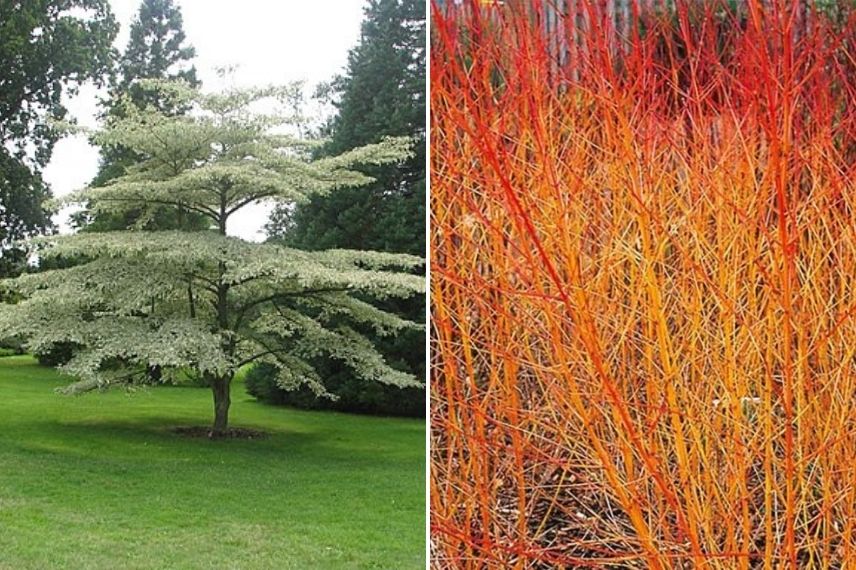
A Cornus alternifolia, with majestic tabular habit, and the shimmering colours of dogwood wood ‘Magic Flame’ in winter
→ Discover our extensive range of dogwoods!
Hybrid Mahonia (Mahonia eurybractea 'Soft Caress')
Mahonia are among those bushes that can charm or repel. They are sometimes criticised for their foliage, extremely prickly! With hybrid variety Mahonia eurybractea ‘Soft Caress’, that has changed. This small bush (1m x 1.5m) is indeed adorned with long, narrow, evergreen leaves, a pretty olive green. Devoid of thorns, they are very soft to the touch, and contribute to the plant’s graphic appearance, which can suggest a fern or a small conifer. With a compact habit, the bush is covered, in late summer, with pale yellow, scented inflorescences, followed by small black berries with a metallic sheen, decorative for a long time. Plant in any fresh soil, in ground or in a container, but away from scorching sun rays. It also grows very well in dense shade. Hardy down to -12°C, this is a variety that adds much softness to graphic, modern settings.
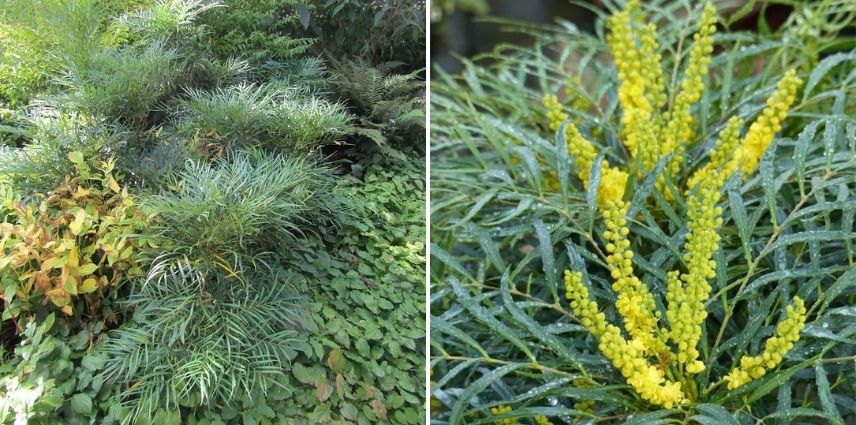
Mahonia ‘Soft Caress’ : superb blue-tinged foliage and very bright winter flowering!
→ In our nursery, we offer various species and varieties of Mahonia.
→ All about planting, pruning and maintenance of Mahonia in our guide.
Sacred Bamboo (Nandina domestica 'Obsessed Seika')
Nandina is nicknamed ‘Sacred bamboo’, due to a certain resemblance to those grasses despite not sharing their genus. Nandina ‘Obsessed Seika’ is a graphic delight! This small bush, which does not exceed 1 m in height with 80 cm spread, produces many ramified stems that emerge from soil as an upright, slightly rounded tuft. Shoots bear narrow leaves, with shades ranging from purplish-pink to glaucous green, then taking on warm colours in autumn. Evergreen to semi-evergreen, leaves form setting for a summer flowering of small white flowers, which then produce clusters of intensely red berries that often persist on the bush until next year’s flowering. With rather slow growth, undemanding regarding soil and exposure, it is hardy to -15°C and can be grown in ground or in containers. Attractive all year round, Nandina declinates into many other varieties, such as ‘Flirt’, with more spreading habit (1 m x 60 cm) or ‘Fire Power’, which forms a compact ball (60 cm x 60 cm). ‘Twilight’ (1.2 m x 50 cm) offers superb variegation.

Sacred bamboo ‘Obsessed Seika’
→ Discover our selection of Sacred bamboos on our site.
→ We give all advice to plant, prune and maintain Sacred bamboo in our guide.
Japanese golden maple (Acer shirasawanum 'Aureum')
Japanese maples are superb bushes, that can be incorporated into a contemporary landscape composition. Some are particularly remarkable for this use, such as Acer shirasawanum ‘Aureum’, a bush of modest size in our climates (4 to 5 m x 3 m), with deciduous foliage, changing through the seasons. Emerging bright yellow in spring, it develops into fresh bright green, then colours golden yellow in summer, before blending orange, red and purple in its autumnal display. To this explosion of colours add deeply cut leaves, with many lobes finely dentate, whose fine, translucent texture evokes paper. Flowering, discreet, appears on bare wood in purple tones, tones echoed by wing-shaped fruits that follow. Slow-growing, the bush eventually forms a fairly short trunk and displays a rounded, spreading silhouette. Avoid placing it in too warm an exposure, risking scorching its foliage. Rather position it in partial shade, sheltered from cold winds, in deep, humus-bearing, cool but well-drained soil, and on the acidic side. Hardy down to -15°C, possibly lower, it can sometimes be susceptible to scale insects and Verticillium.
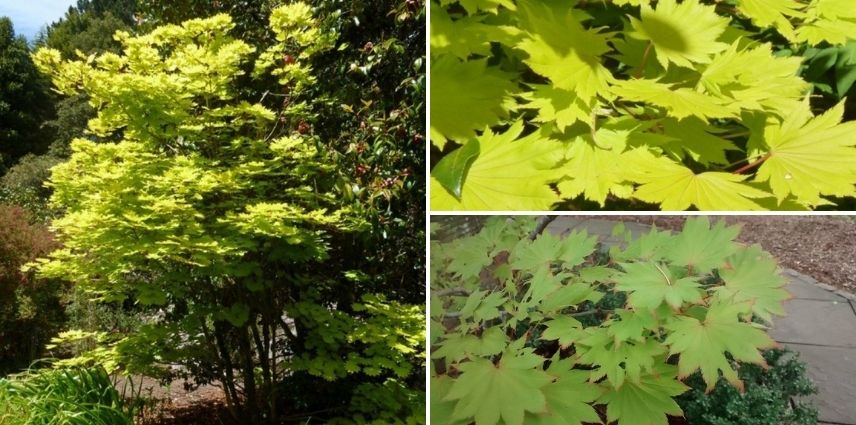
Golden Japanese maple, with magnificent dissected chartreuse-green foliage in summer
→ Discover our wide selection of Japanese maples.
→ All about planting, pruning and maintaining Japanese maples.
Birches (Betula)
Landscapers often include the birches in contemporary designs. Not surprising given ornamental value of these large bushes or small trees. Thus, Betula nigra ‘Heritage’ is valued for limited spread (9 x 6 m), its decorative bark which, starting white in youth, takes on a more or less deep salmon tone at maturity while peeling away in large decorative flakes. Growing quickly, the tree often develops several trunks, at the top of which slightly trailing branches, reddish-brown and marked with darker lenticels, bear deciduous, glossy green, dentate leaves, turning golden yellow in autumn. Finally, generous flowering occurs in spring, in long aments that catch the light. With a shallow root system, the river birch tolerates any soil not too dry or too calcareous, in sun or partial shade. Very hardy, it can be planted throughout the territory. You can also choose another river birch, ‘Shilo Splash’, with variegated green-and-cream foliage, or Betula albosinensis ‘Fascination’ (8 x 5 m), with superb coppery bark. Betula pendula ‘Royal Frost’ (5 x 3.5 m) has an unusual chocolate-coloured foliage, while Betula ‘Youngii’ forms a regular globe (5 x 5 m) with a decidedly weeping habit. Finally, hard to omit Betula utilis ‘Jacquemontii’, which, although larger (15 m), turns heads with its brilliantly pure white bark.
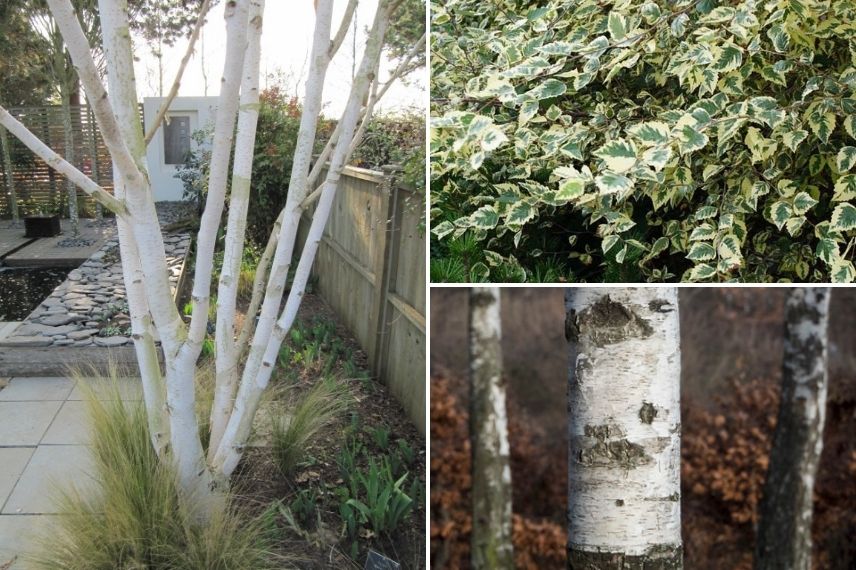
The birches, so striking for their bark (photos: L. Enking). Surprisingly variegated foliage of Betula nigra ‘Shiloh Splash’
→ All our birch varieties in our online nursery.
Dwarf Weymouth pine (Pinus strobus 'Minuta')
Pines bring welcome permanence to modern layouts. With Pinus strobus ‘Minuta’, this quality is expressed through a very small bush, with a slightly flattened dome habit, which can fit into any garden, even the smallest, or even in a container, thanks to its modest dimensions (60x90cm) and slow growth. Very compact, this variety displays glaucous bluish-green foliage with silvery highlights, ornamental all year round. In spring, new light-green buds emerge from the foliage, like little candles heralding the arrival of warmer days. The bark of this dwarf pine, initially smooth and tinged with grey-green, cracks with age as it becomes browner. Pinus ‘Minuta’ is best suited to lime-free soil, fertile and well-drained, in a sunny position. On more alkaline soil, choose Pinus mugo ‘Picobello’. Of similar dimensions (80x80cm), its habit is also fairly similar, and it forms an attractive bush with a strong presence all year round.
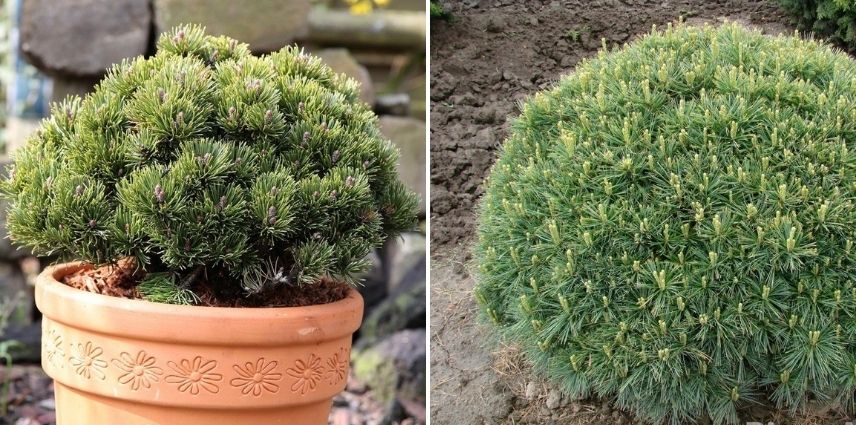
Dwarf pines: Pinus mugo ‘Picobello’ and Pinus strobus ‘Minuta’ make a striking display in containers or in a small contemporary rockery!
→ Discover other varieties through our wide selection of pines.
→ All our advice on planting, pruning and care of Pines in our guide.
Also worth discovering...
- Subscribe!
- Contents
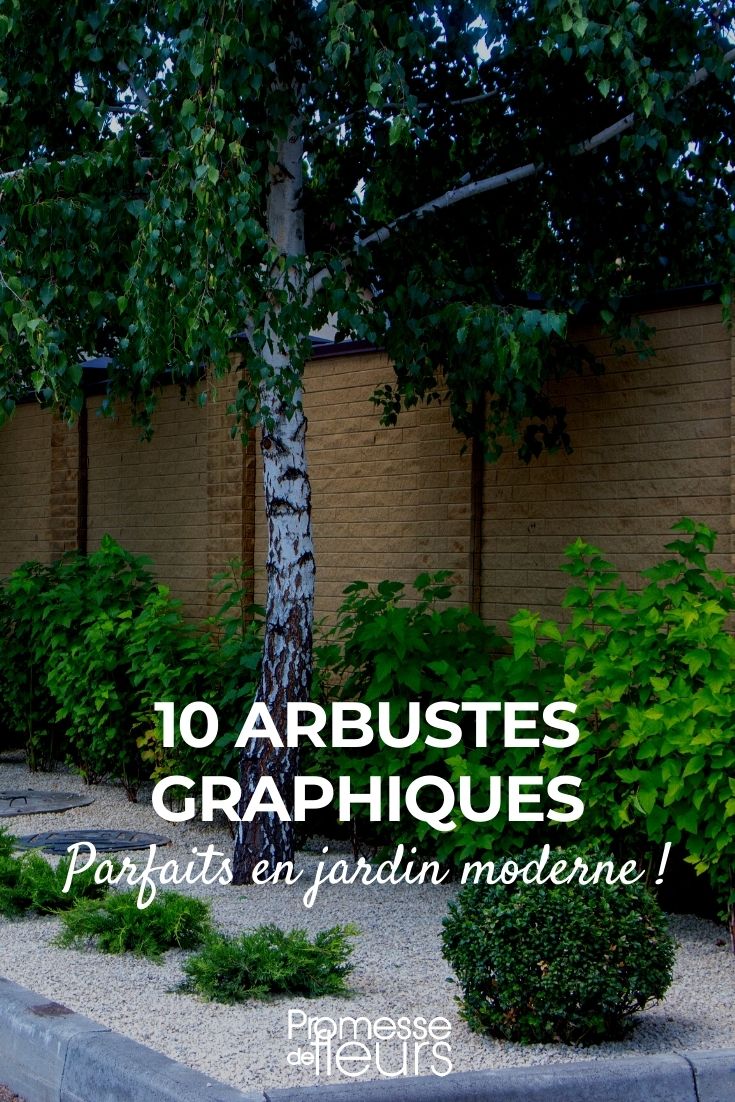































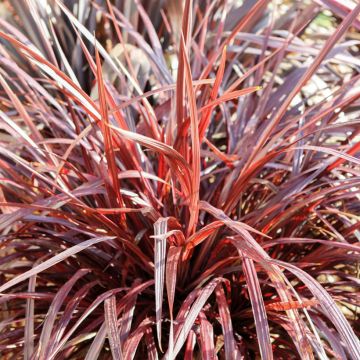
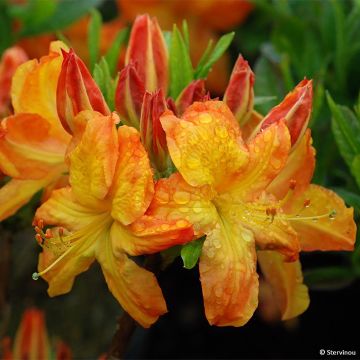
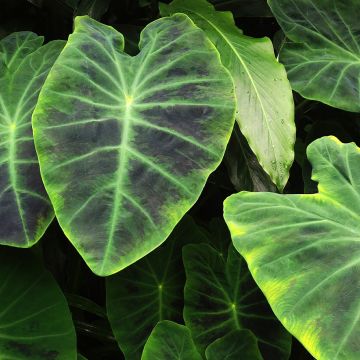
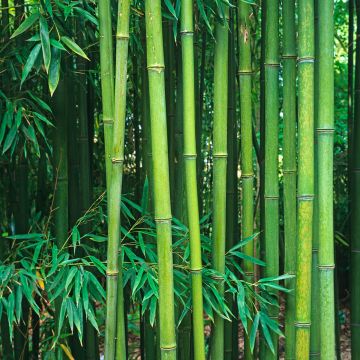

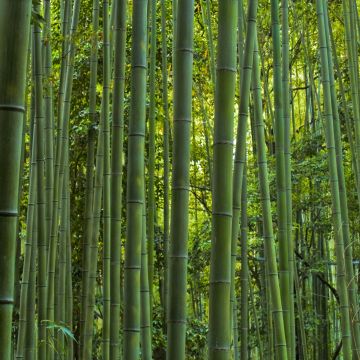
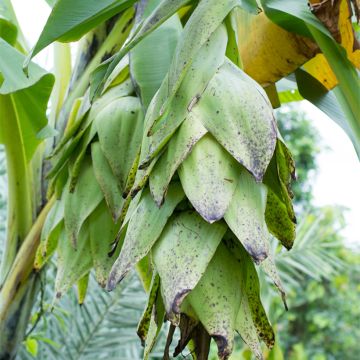

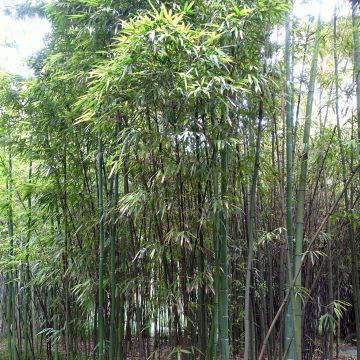
Comments